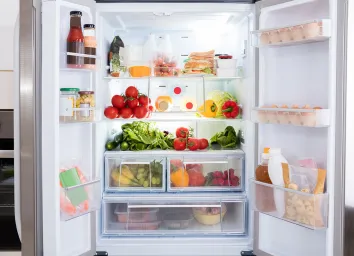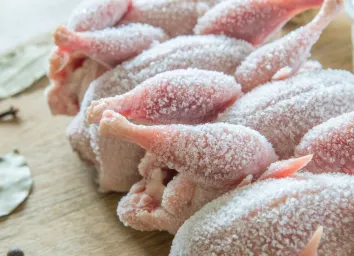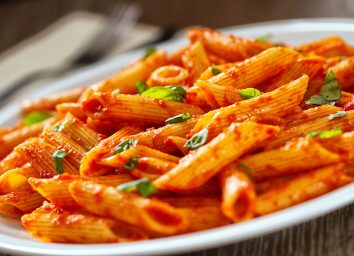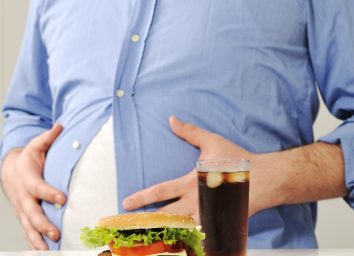Here's When It's OK to Eat Moldy Food—And When It's Not
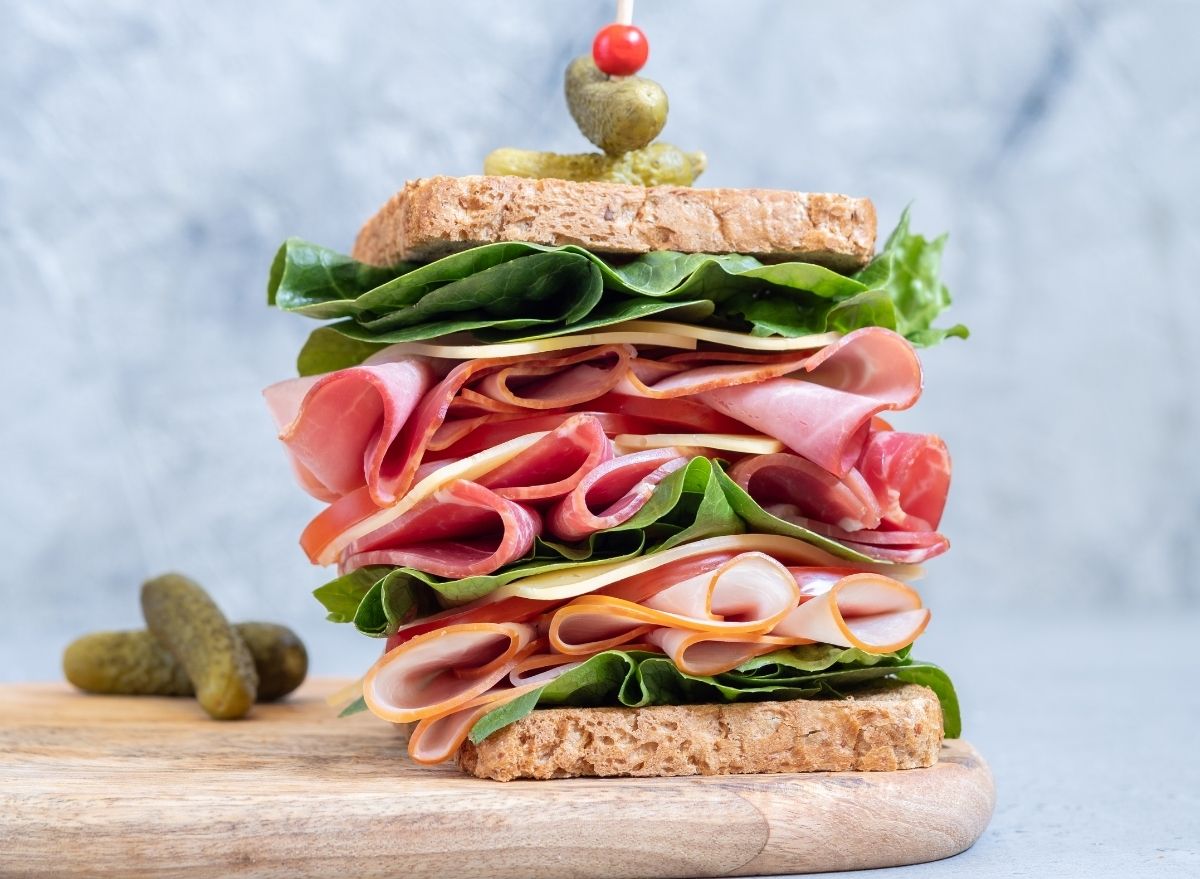
How many times have you gone to make a sandwich and there's teeny freckle of mold on the bread? Do you taste it or toss it? Sometimes mold can put you at risk of getting sick, and other times, it's nothing to worry about. Curious as to which moldy food has worrisome effects, we searched for the answers.
Did you know: beyond that little dot of blue on your brie lay strands of toxic layers? If you're hungry to know more, read on to find out which foods you can keep, and which need to be tossed.
Plus, don't miss These Are Costco's Most Popular Items Right Now.
Moldy Foods You Should Toss
Most of the time, the first sight of mold is an indicator to throw that food right into the trash—and chances are you're better off doing so. Not only can mold produce toxic substance like mycotoxins and aflatoxins, but it's known to cause allergic reactions. Thanks to the USDA, we've learned which foods you definitely need to toss when finding even the smallest bit of mold.
Cold Cuts, Bacon, and Hot Dogs
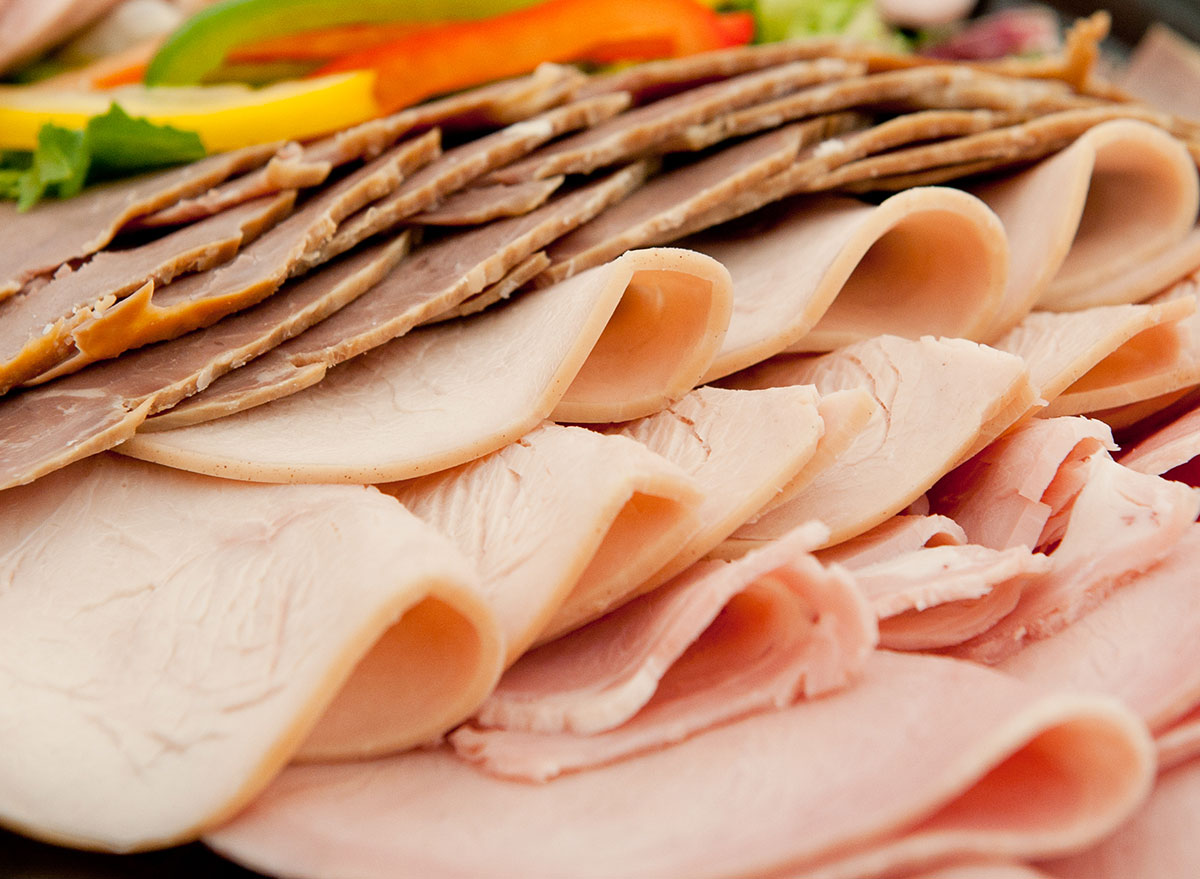
Foods like turkey and roasted chicken breast rarely get moldy in my fridge because their high levels of sodium and nitrites decrease moisture content and help prevent the spread of bacteria. But if they were to have mold… to the trash they go! Any food with a high moisture composition is more likely to be tarnished beyond what you can see, meaning, they invite more germs to stand beside the mold before we can tell.
Cooked Pasta and Grains
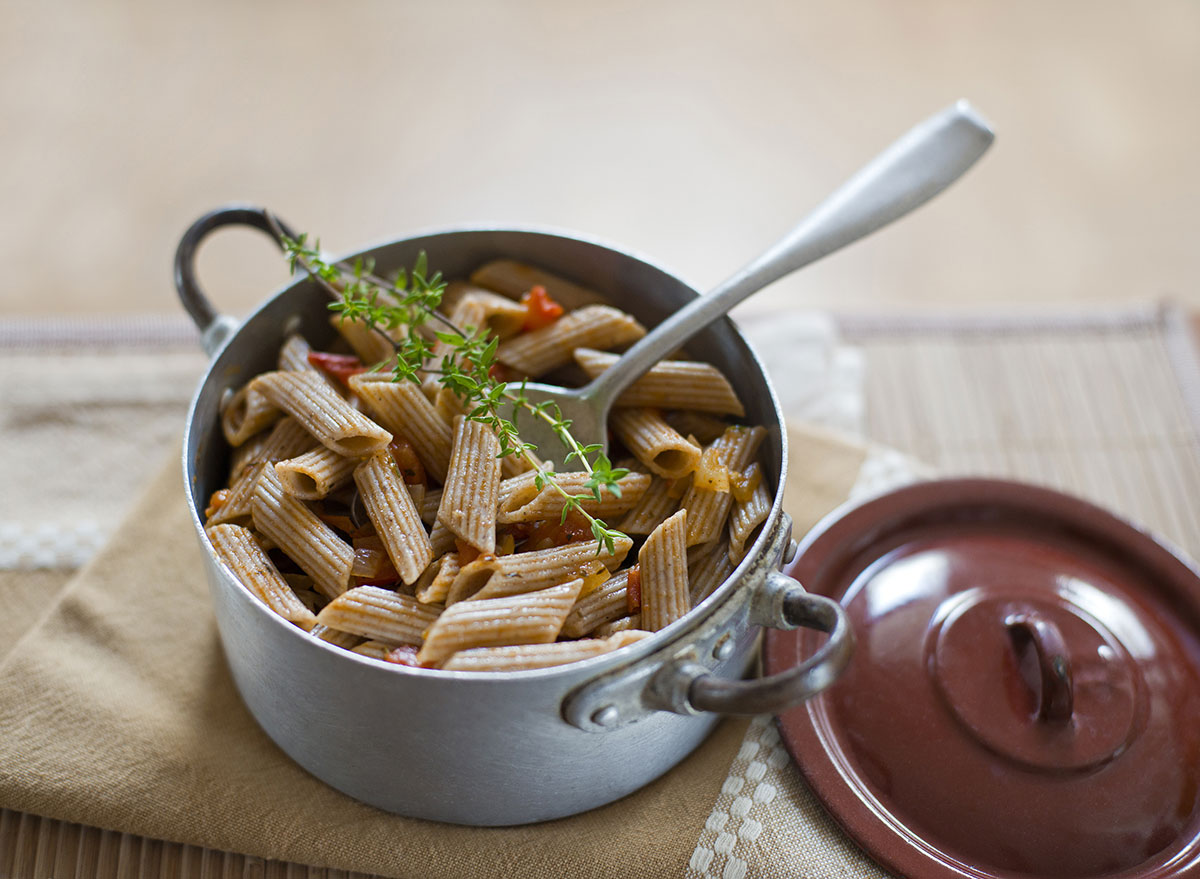
Nope—toss it! Turns out, we can't just scoop away the moldy section of the pasta salad from the other night. Because of the moisture this food group obtains, bacteria is more likely to spread before your eyes can actually see the infected areas. But it's there!
Soft, Crumbled, and Sliced Cheeses
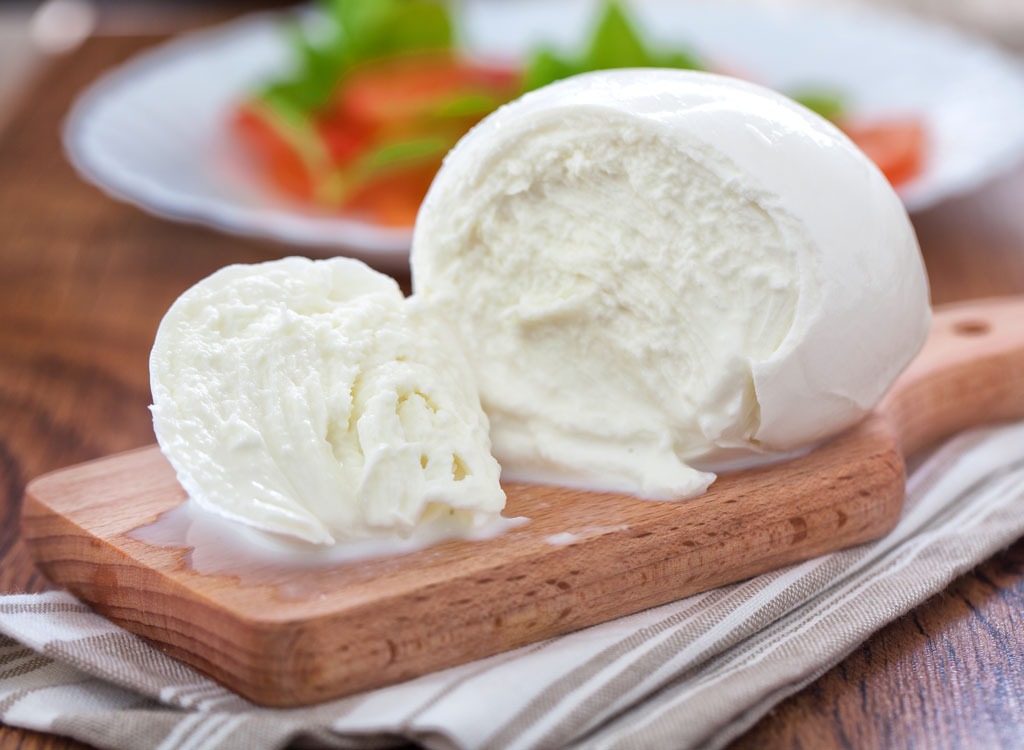
Sure, sometimes you want moldy cheese. (Think: bleu cheese.) But in the case of soft cheeses like brie, cream cheese, or slices of Swiss, new sightings of mold should be a major indicator that they need to be thrown out and not eaten. Unless you bought cheese with manufactured mold, it is not safe to eat once contaminated.
Soft Fruits and Vegetables
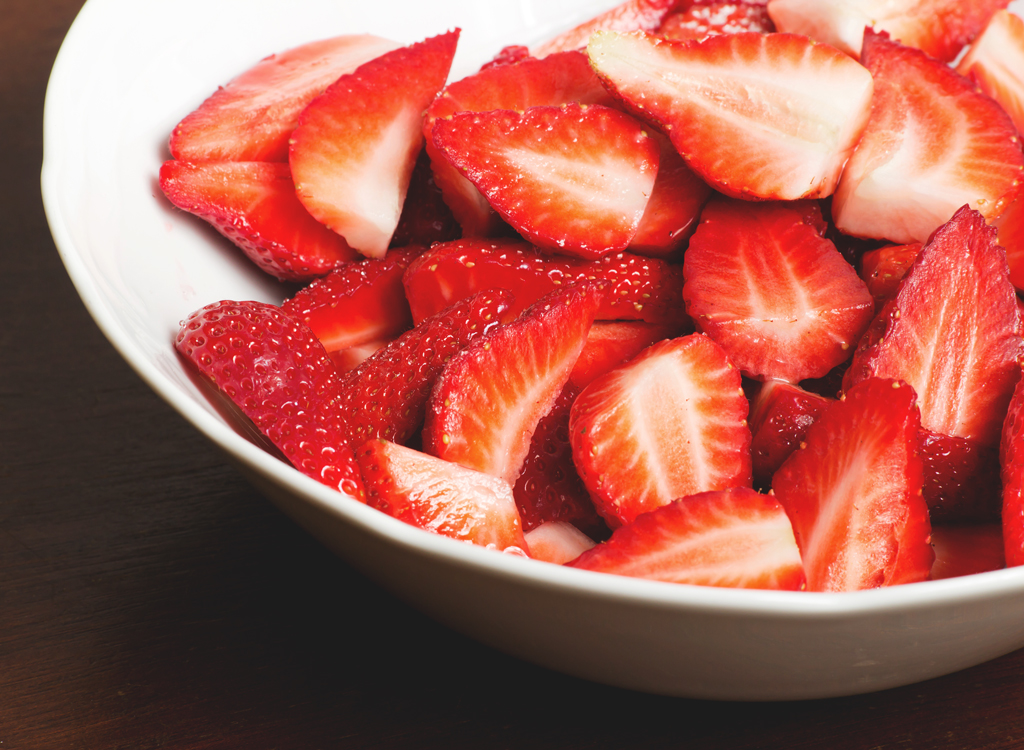
Cucumbers, tomatoes, peaches, berries, and all fruits and veggies alike should not be consumed when a speck of mold is found. While the hydrating foods are great for you, they can be extremely dangerous when moldy because they're likely to retain the bacteria and become spoiled beyond the surface. Be sure to check other fruits and vegetables for mold that were close by in your refrigerator, too.
Yogurt and Sour Cream
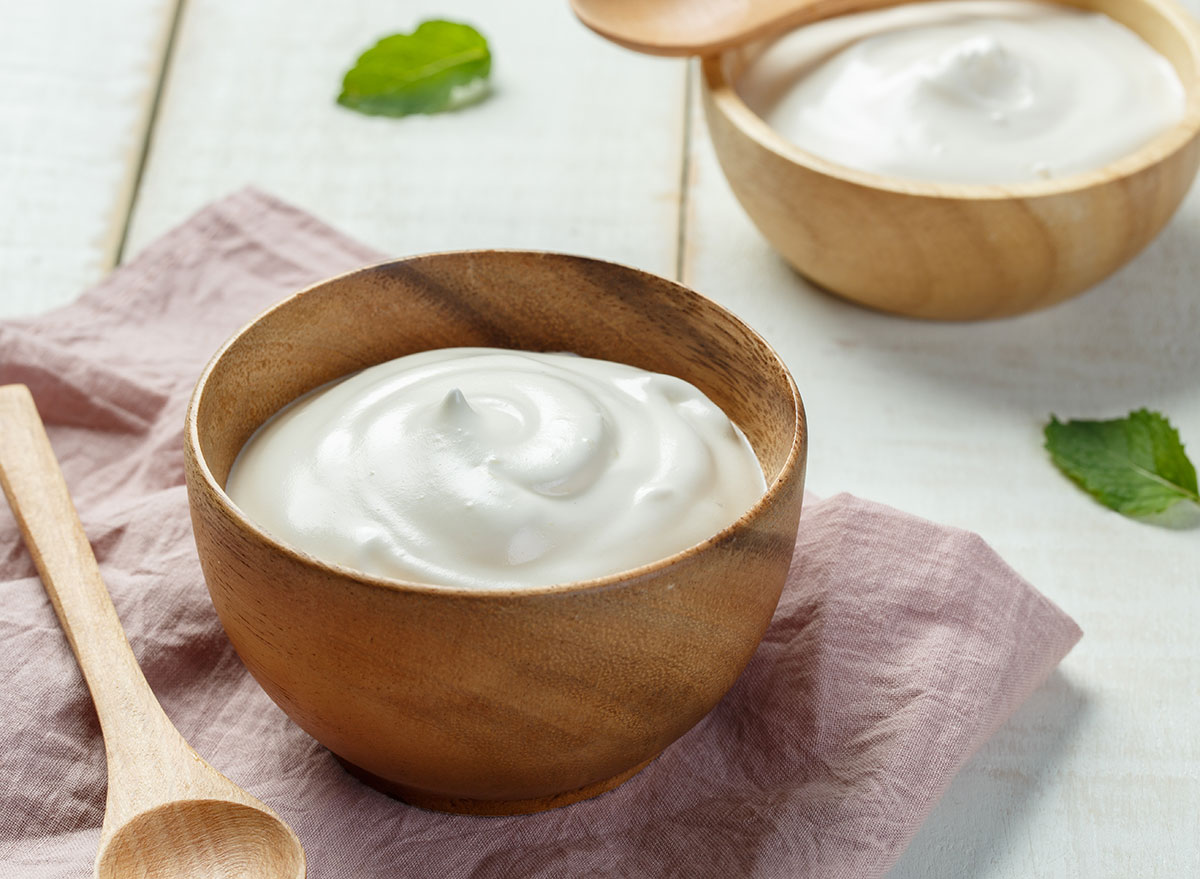
On to the trend yet? Wet foods and mold are a major red flag. These dairy products leave too much room for comfort when it comes to bacteria and mold. Similar to the bacteria in a kiddie pool, in moldy yogurt and sour cream, bacteria get to swim and play without being seen. Yikes.
Peanut Butter, Legumes, and Nuts
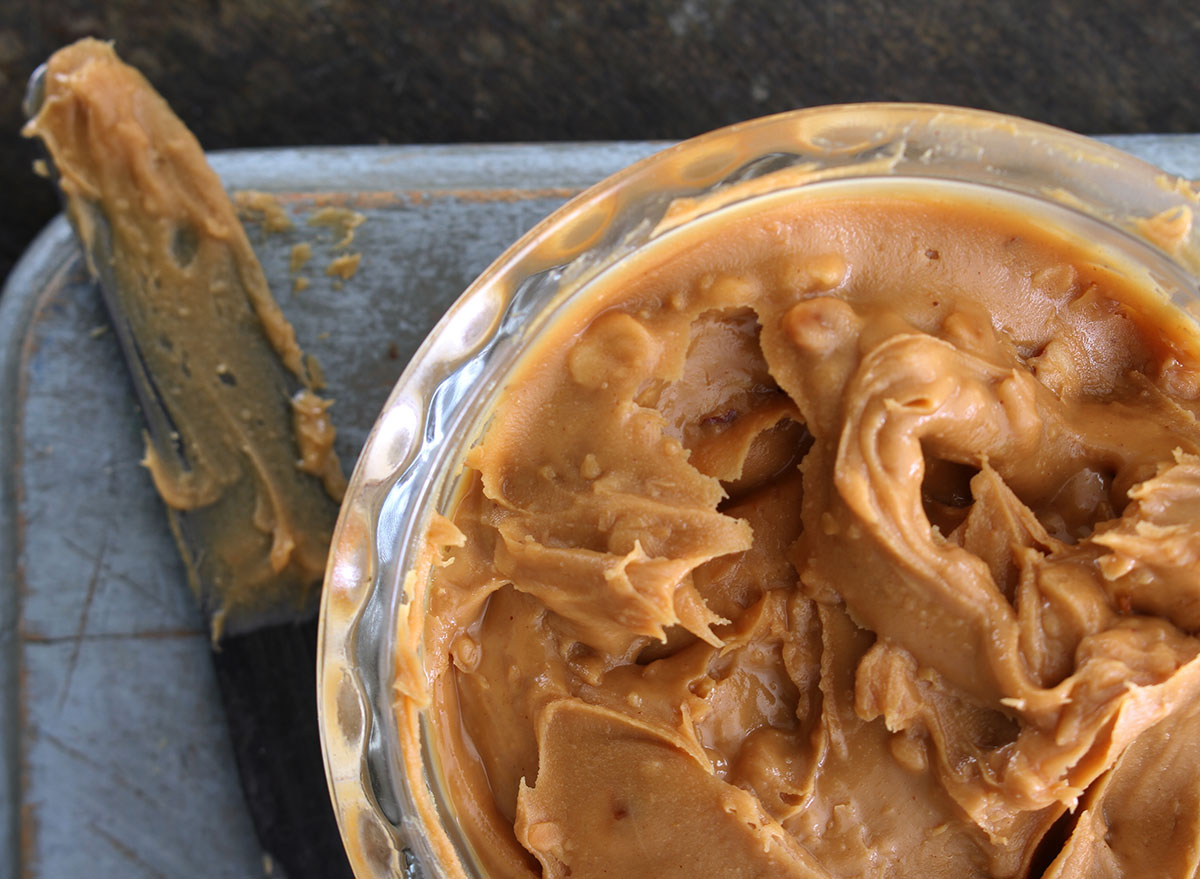
We know you wouldn't think about purchasing a nut butter with preservatives, right? The one downfall: foods produced without the chemicals are at higher risk for mold. So when you see a little mold, toss it out, and then purchase another jar of our favorite nut butters.
Bread and Baked Goods
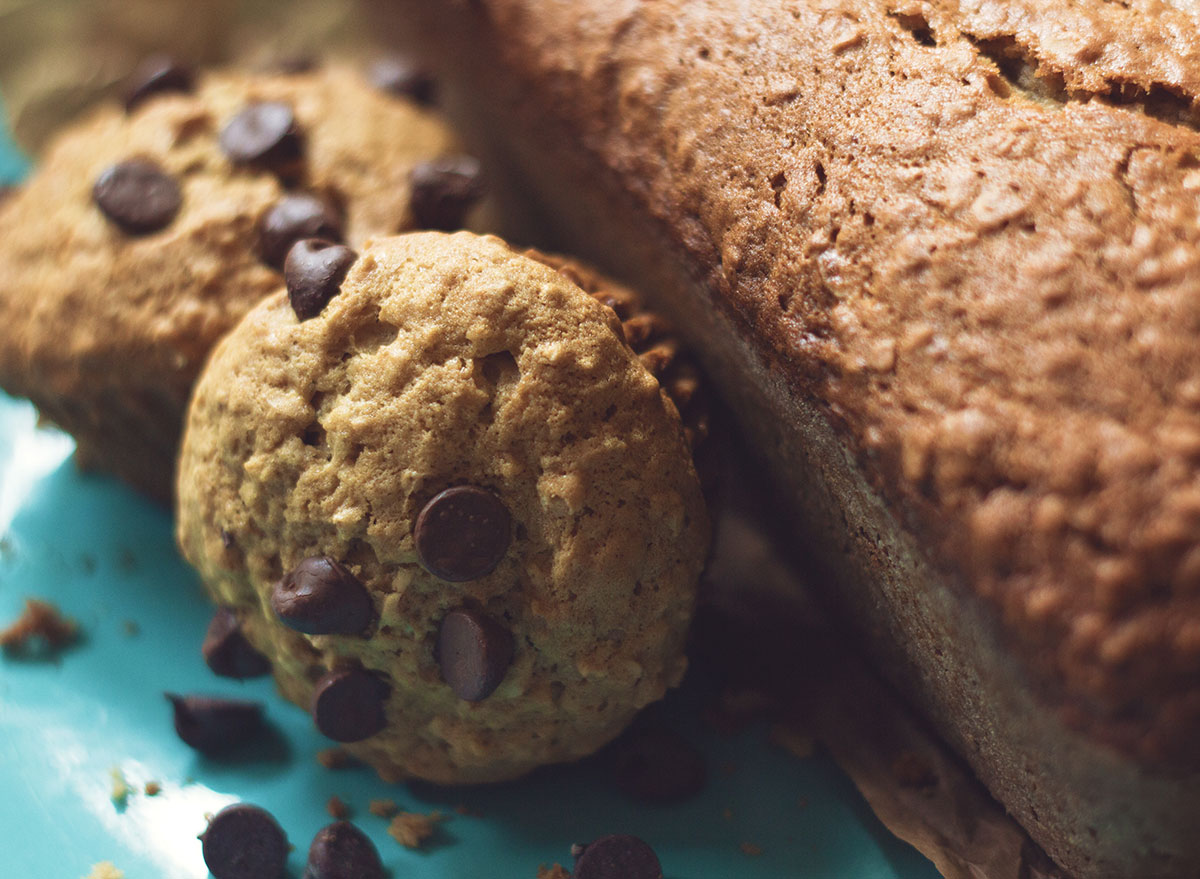
The chances of letting your bread and baked goods get moldy are slim, but when it does, just toss them out instead of debating if you can possibly still salvage them. Foods like bread, muffins, scones etc. have deep pores, so this allows mold to seep right in through all the nooks and crannies to completely infect the product.
Jams and Jellies
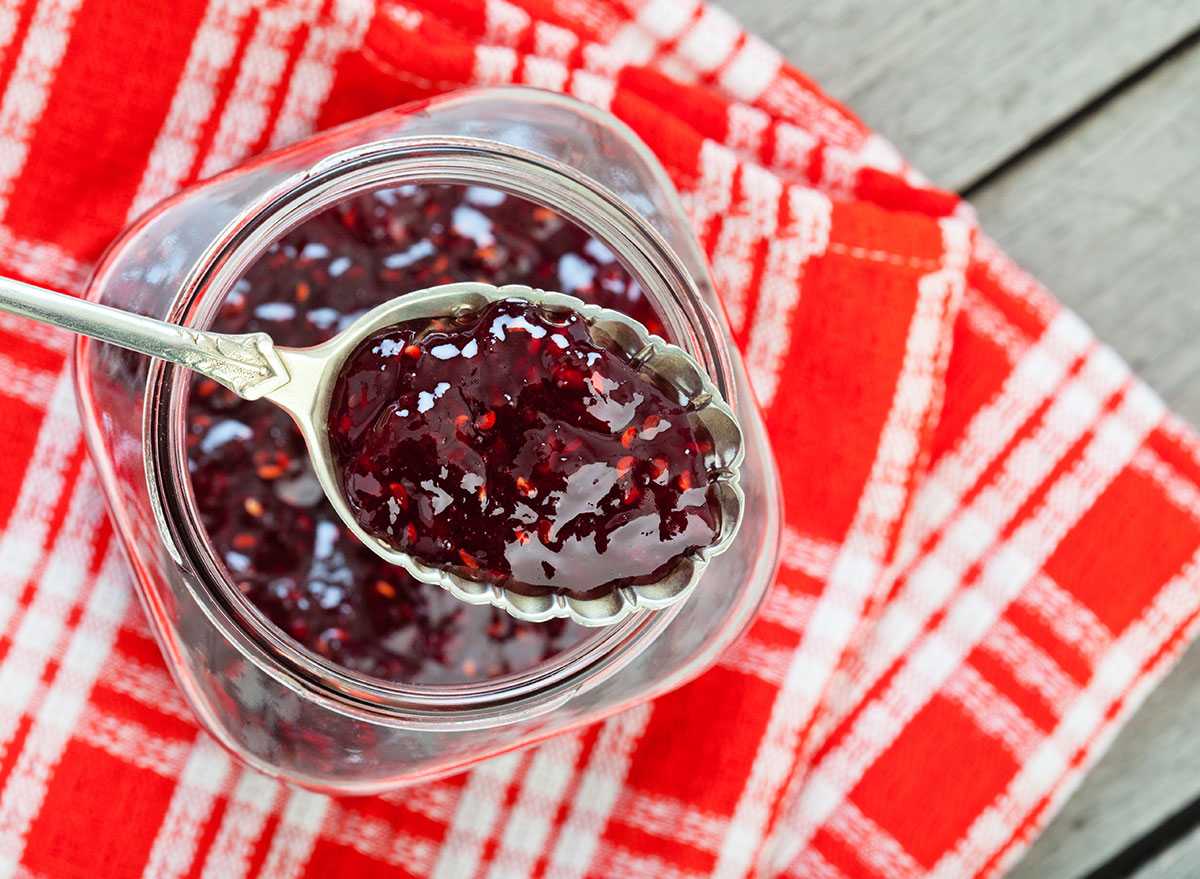
Contrary to popular belief, these long-lasting spreads totally do have an expiration date. Mold found on these is likely to be mycotoxin, a poisonous element that can make you sick. So while you may think it's fine to just scoop out the infected area and use the rest, the FDA states that microbiologists recommend you shouldn't do this and just throw out the spread.
Foods You Can Still Keep If There's Mold
Even though most of the time you're better to play it safe than sorry, there are a few foods you're still in the clear to eat once you chop off the infected areas.
Firm Fruits & Veggies

The key to debating whether or not you should keep or toss moldy fruit and veggies has a lot to do with their texture. Firm fruits and vegetables—apples, carrots, and cabbage, for example—are okay to eat once the moldy area is removed. Simply remove 1 inch around the molded speck and discard. As long as your knife doesn't touch the infected area you're good to go! So why are these fruits and veggies okay to eat? That's because it's more of a challenge for mold to enter through dense foods.
Hard Cheese
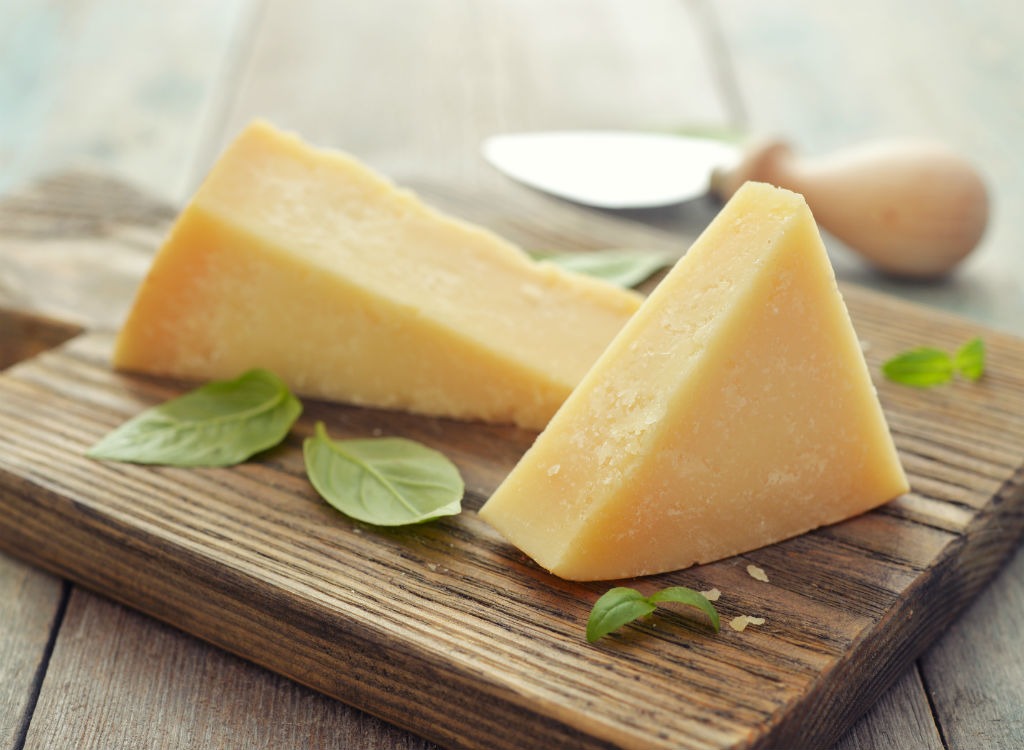
When it comes to cheeses that weren't supposed to have mold—let's say parmesan—treat the product as you would a hard fruit or vegetable with a mold speck. The same goes for cheese with manufactured molds, such as gorgonzola—just slice off the invaded spot and get your crackers ready for the rest.
Hard Salami and Dried Meats
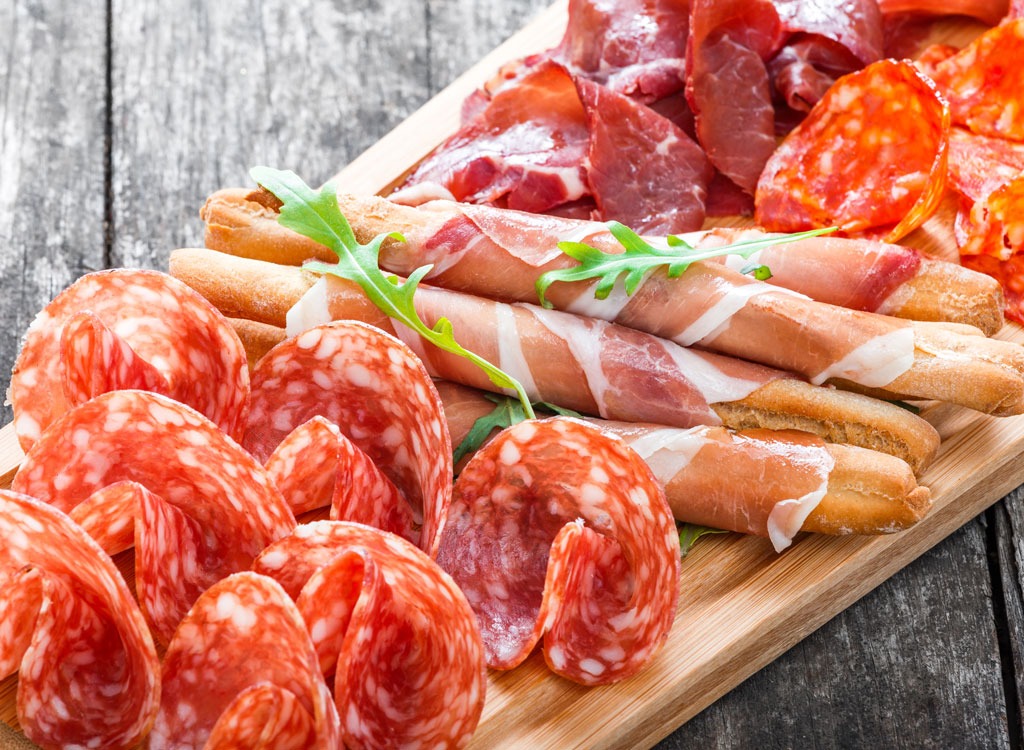
Shockingly, it's quite alright for these foods to get a little moldy. Just scrub off any surface mold and then enjoy. Be sure to rinse any utensils you may have used to discard the specks to prevent cross-contamination, though.

